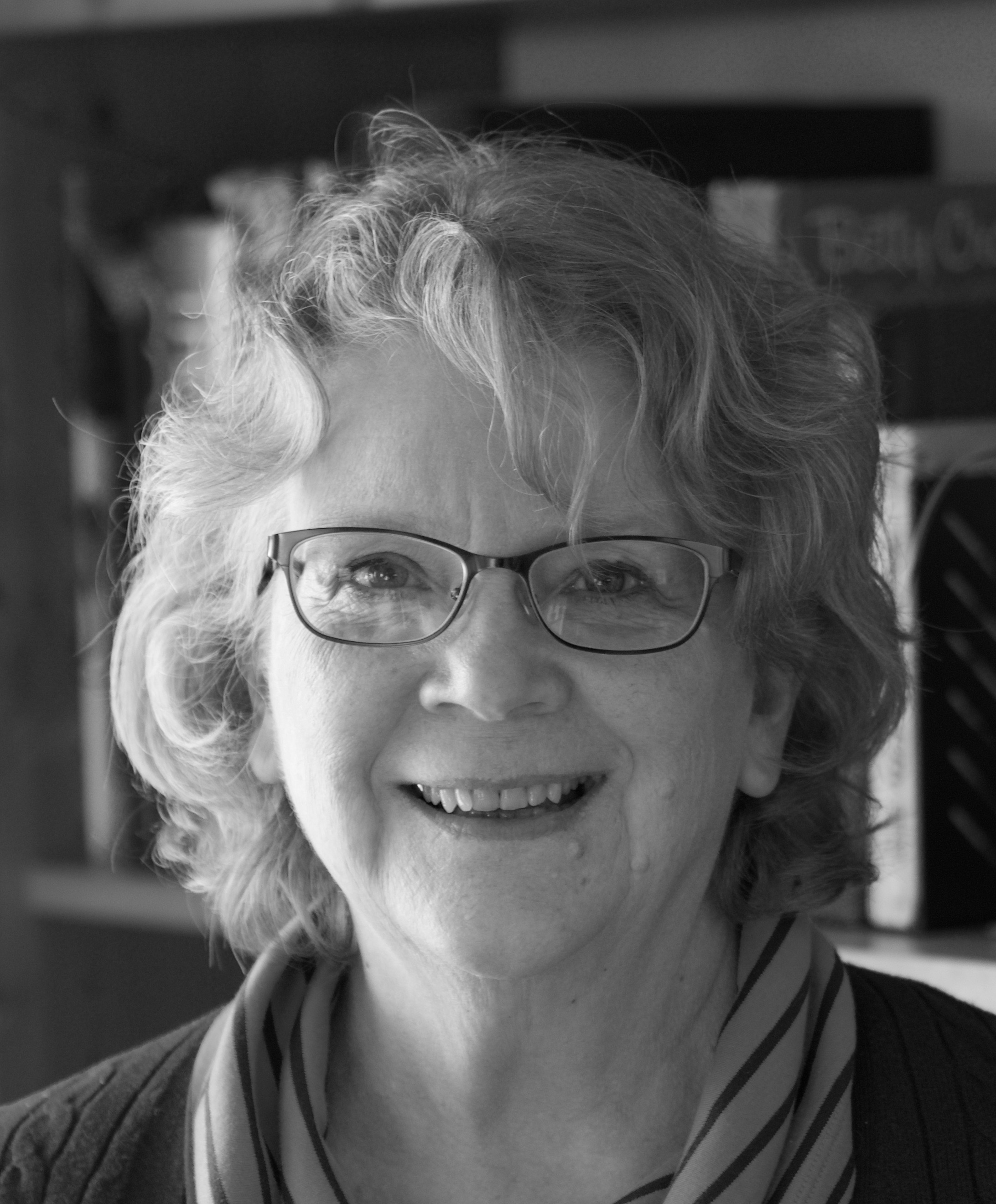True Stories of the Picture "Grace"
 Monday, February 27, 2012 at 8:54PM
Monday, February 27, 2012 at 8:54PM  Rhoda Enstrom Nyberg, then 86, and her brother Warren Enstrom, then 88, are shown in August 2003 with a copy of the famous “Grace” photograph taken by their father, Eric Enstrom, in Bovey. Rhoda Nyberg, who hand-colored the photograph, died last week at age 95. (Photo from Duluth News Tribune)You’ll recognize the picture in the photo on the left, known as “Grace,” as the one I use in my Thankful Thursday posts. Rhoda Nyberg, the woman who hand-colored the photograph, died last week. Here’s her story in the Duluth News Tribune.
Rhoda Enstrom Nyberg, then 86, and her brother Warren Enstrom, then 88, are shown in August 2003 with a copy of the famous “Grace” photograph taken by their father, Eric Enstrom, in Bovey. Rhoda Nyberg, who hand-colored the photograph, died last week at age 95. (Photo from Duluth News Tribune)You’ll recognize the picture in the photo on the left, known as “Grace,” as the one I use in my Thankful Thursday posts. Rhoda Nyberg, the woman who hand-colored the photograph, died last week. Here’s her story in the Duluth News Tribune.
And here’s my “Grace” story, one I first posted a few years ago. I’ve rewritten it, and added a postscript and footnotes.
When I was growing up in the northwoods of Minnesota, many homes had a reproduction of this photograph somewhere on the wall of the kitchen or dining room. I suppose that’s not surprising, since the photograph was taken by a northern Minnesotan.
A few summers ago I stopped to purchase a print of this photo in the very same studio in the little town of Bovey, MN where the original photograph was taken. I was on my way to Hibbing to pick up my son from his cousins’ home, and the highway to Hibbing goes right through Bovey, so I thought I’d stop. The studio is in an old wooden turn-of-the-century store front building butted up to a sidewalk directly bordering the highway that is the main street through town. It’s still a working photography studio, the kind with large framed high school graduation and wedding photos lining the walls.
No one was in the lobby, so I rang the little bell on the counter and waited a few minutes before the photographer came out to help me. He fetched my print, carefully rolled it, fastened it with rubber bands, gave me a little pamphlet with the story of Grace in it, and charged me $12.50.
In 1918, the studio was owned and operated by Eric Enstrom. The man in the photograph is Charles Wilden1, who showed up at the studio peddling foot scrapers. From the pamphlet:
“There was something about the old gentleman’s face that immediately impressed me. I saw that he had a kind face… there weren’t any harsh lines in it,” Enstrom said in recalling the 1918 visit of Charles Wilden to his studio.
It happened that Enstrom, at that time, was preparing a portfolio of pictures to take with him to a convention of the Minnesota Photographer’s Association. “I wanted to take a picture that would show people that even though they had to do without many things because of the war they still had much to be thankful for,” Enstrom said.
On a small table, Enstrom placed a family book, some spectacles, a bowl of gruel, a loaf of bread, and a knife. Then he had Wilden pose in a manner of prayer… praying with folded hands to his brow before partaking of a meager meal.
To bow his head in prayer seemed to be characteristic of the elderly visitor, Enstrom recalled, for he struck the pose very easily and naturally.
I remember family conversations about the contents of that bowl. As a child, I thought it was some kind of soup, but it’s even more humble than that: It’s just a bowl of oatmeal.
The photo didn’t get much attention at the photographer’s convention in 1918, but it became popular as people driving through Bovey spotted it in the window of Enstrom’s studio and stopped to buy it. As soon as one framed print was sold, he’d make another to take its place in the studio window.
Eric Enstrom considered this photo to be his very best of the thousands that he took in the 50 years he worked as a photographer.2 He thought he had captured something special, something he described like this:
This man doesn’t have much of earthly goods, but he has more than most people because he has a thankful heart.
One morning back in 1918 an ordinary man was doing his ordinary job, selling things door-to-door, when he met another ordinary man doing his ordinary job, and the results were extraordinary.
I’ve matted and framed my print, and it’s leaning on the book shelves in the living room. It reminds me of my childhood, and it reminds me that small things done well can have lasting results. It also reminds me to be thankful for all that I have, even my morning oatmeal.
Postscript: Two summers ago, I brought the framed photo that had been in my childhood home back from Minnesota. My son and his wife have it hanging in their little home. Perhaps my little granddaughter will grow up wondering what’s in the bowl, too.
1Of the mysterious life of Charles Wilden (Grand Forks Herald).
2Eric Enstrom was also the very first to photograph Judy Garland, back when she was still Frances Gumm.

